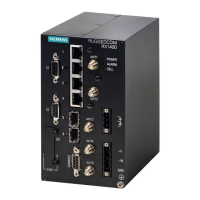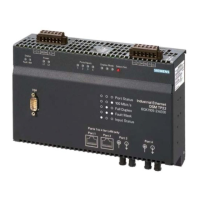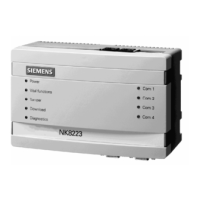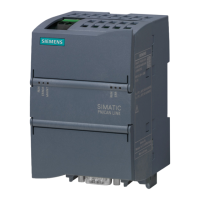RUGGEDCOM ROX II
CLI User Guide
Chapter 14
Network Redundancy
Managing VRRP 601
Network Redundancy
This chapter describes protocols and features that allow RUGGEDCOM ROX II to operate with redundancy,
protecting the network from crippling service disruptions from single points of failure.
CONTENTS
• Section14.1, “Managing VRRP”
• Section14.2, “Managing Link Failover Protection”
• Section14.3, “Managing Spanning Tree Protocol”
• Section14.4, “Managing Redundant Network Access (RNA)”
Section14.1
Managing VRRP
The Virtual Router Redundancy Protocol (VRRP) is a gateway redundancy protocol. It provides a gateway failover
mechanism invisible to hosts and other devices that send traffic through the gateway.
VRRP eliminates a single point of failure associated with statically routed networks by providing automatic failover
using alternate routers. The RUGGEDCOM ROX II VRRP daemon (keepalived) is an RFC 5798 [http://tools.ietf.org/
html/rfc5798] version 2 and version 3 compliant implementation of VRRP.
NOTE
RFC 5798 defines the standard for VRRP version 3 on IPv4 and IPv6. Only IPv4 is supported in this
release of RUGGEDCOM ROX II.
CONTENTS
• Section14.1.1, “VRRP Concepts”
• Section14.1.2, “Viewing the Status of VRRP”
• Section14.1.3, “Enabling/Disabling VRRP”
• Section14.1.4, “Managing VRRP Trackers”
• Section14.1.5, “Managing VRRP Groups”
• Section14.1.6, “Managing VRRP Instances”
• Section14.1.7, “Managing VRRP Monitors”
• Section14.1.8, “Managing Track Scripts”
• Section14.1.9, “Managing Virtual IP Addresses”
• Section14.1.10, “Managing Connection Synchronization”

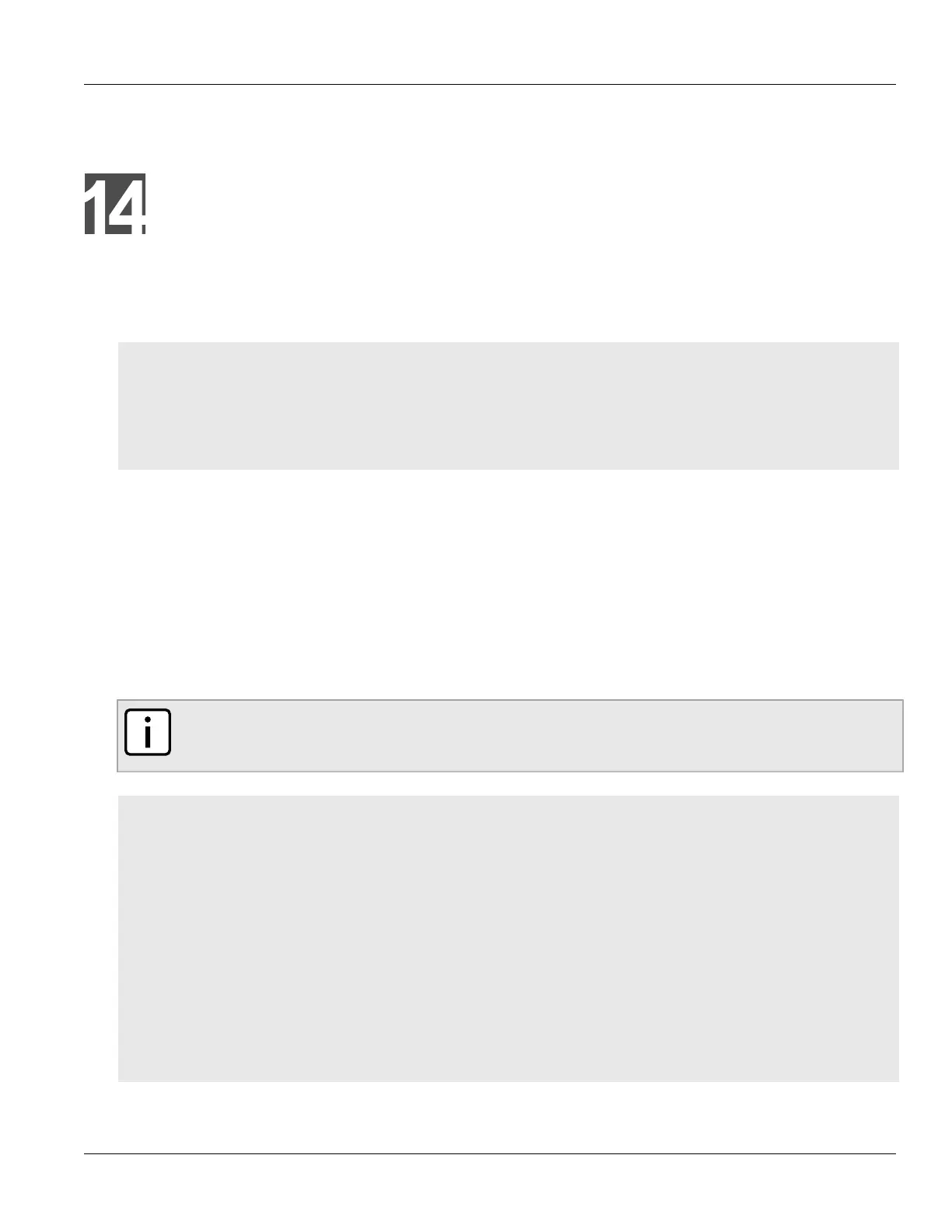